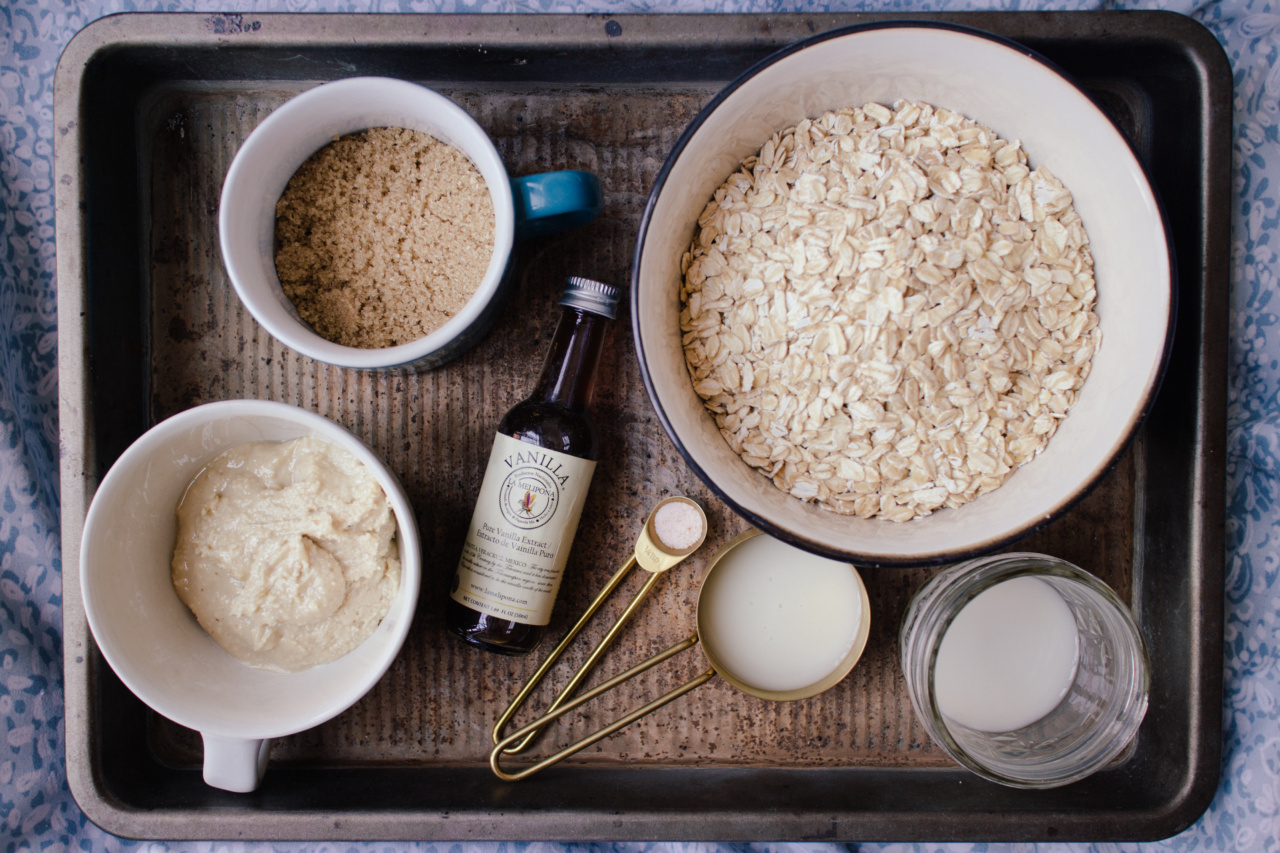Have you ever felt a sudden rush of energy, followed by a crash, after a meal? This is likely due to a post-meal sugar spike, or temporary increase in blood sugar levels.
While this is a normal physiological response, excessively high levels of blood sugar can have negative health effects, particularly for those with diabetes. Thus, it is important to be aware of post-meal sugar spikes, how to measure them, and steps to prevent them.
What Causes Post-Meal Sugar Spikes?
When you eat a meal containing carbohydrates, your body breaks them down into glucose, a form of sugar that enters your bloodstream. In response, your pancreas releases insulin, a hormone that allows sugar to enter your cells and be used for energy.
However, some meals can cause a rapid and significant increase in blood sugar levels, depending on the type and amount of carbohydrates consumed.
For example, foods high in simple sugars, such as sweetened beverages, candy, and pastries, can cause a faster spike than whole grains, fruits, and vegetables.
Furthermore, factors such as the timing, frequency, and composition of your meals can also affect post-meal sugar spikes. Skipping meals can cause a drop in blood sugar followed by a surge when you finally eat.
Consuming a large amount of carbohydrates in one meal can also lead to an excessive rise in blood sugar. In addition, eating meals high in fat and protein can slow down the digestion and absorption of carbohydrates, leading to a more gradual rise in blood sugar levels.
Measuring Post-Meal Sugar Spikes
To measure post-meal sugar spikes, you can use a blood glucose meter, a device that measures your blood sugar levels from a small drop of blood obtained by pricking your finger with a lancet.
Typically, you will need to measure your blood sugar levels before a meal, and then 1-2 hours after the start of the meal.
The American Diabetes Association recommends a target blood sugar range of 80-130 milligrams per deciliter (mg/dL) before meals and less than 180 mg/dL 1-2 hours after meals for most adults with diabetes.
However, your target range may vary depending on your age, type of diabetes, overall health, and other factors. Your healthcare team can help you determine your personal target range.
If you are not sure whether you have diabetes or are at risk for developing it, talk to your doctor about getting a blood glucose test.
Preventing Post-Meal Sugar Spikes
To prevent post-meal sugar spikes, you can take several steps:.
Eat balanced meals
Choose meals that contain a balance of carbohydrates, protein, and fat. This can slow down the absorption of carbohydrates and help prevent a rapid rise in blood sugar.
Aim for complex carbohydrates, such as whole grains, vegetables, and fruits, which contain fiber and other nutrients that can help regulate blood sugar.
Monitor portion sizes
Eating large portions, even of healthy foods, can cause a spike in blood sugar levels. Use measuring cups or a food scale to ensure you are eating the recommended portion sizes. Some examples of portion sizes include:.
- 1/2 cup of cooked rice or pasta
- 1 medium fruit
- 1 small baked potato
- 3 ounces of meat, poultry, or fish
Space out meals and snacks
Eating small, frequent meals and snacks throughout the day can help prevent drops and spikes in blood sugar levels. Aim for three main meals and 1-3 snacks per day, depending on your needs and preferences.
Exercise regularly
Physical activity can help lower blood sugar levels and improve insulin sensitivity. Aim for at least 150 minutes of moderate-intensity aerobic exercise per week, such as brisk walking, dancing, or cycling.
Consult with your doctor before starting a new exercise program, especially if you have diabetes.
Manage stress
Stress can cause hormonal changes that affect blood sugar levels. Find ways to manage stress, such as deep breathing, meditation, or yoga. Engage in activities that you enjoy, such as hobbies or spending time with loved ones.
If you are struggling with chronic stress or anxiety, consider seeking professional help.
Conclusion
Post-meal sugar spikes are a normal part of the digestive process, but excessive spikes can have negative health effects, particularly for people with diabetes.
By measuring your blood sugar levels and taking steps to prevent spikes, you can promote stable blood sugar levels and overall health.





















